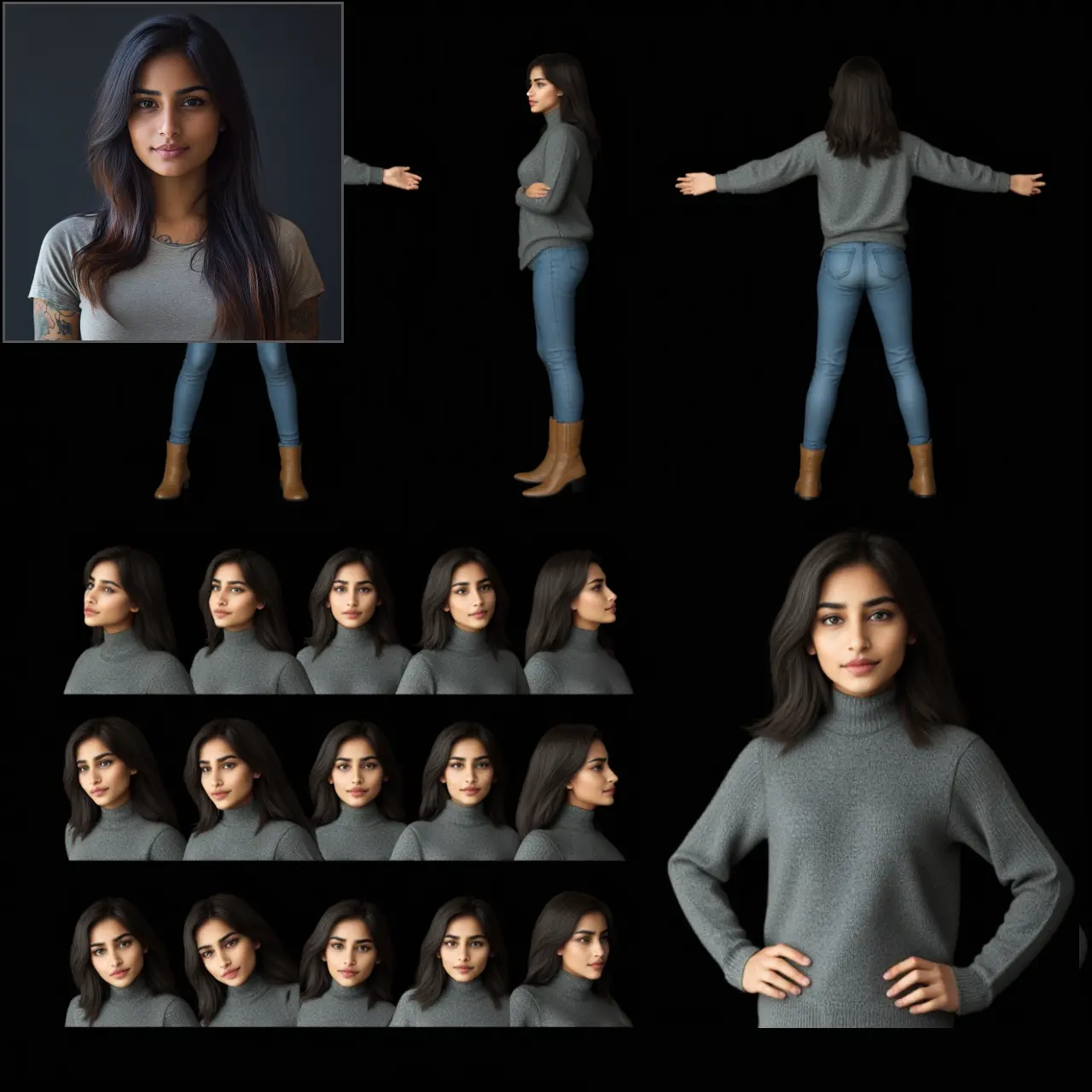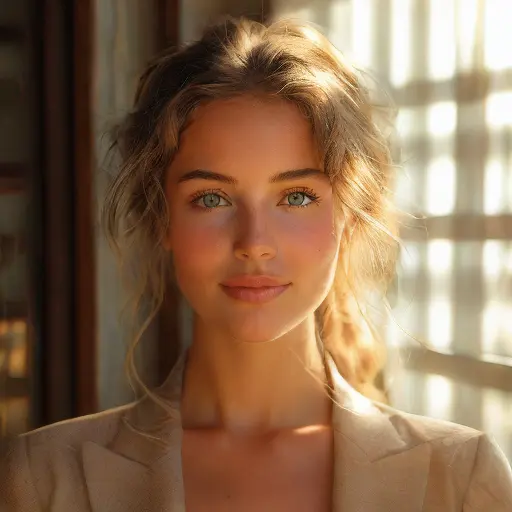ComfyUI Node: OptimalStepsScheduler
OptimalStepsScheduler
Categorysampling/custom_sampling/schedulers
ComfyAnonymous (Account age: 872days) Extension
ComfyUI Latest Updated
2025-05-13 Github Stars
76.71K
How to Install ComfyUI
Install this extension via the ComfyUI Manager by searching for ComfyUI- 1. Click the Manager button in the main menu
- 2. Select Custom Nodes Manager button
- 3. Enter ComfyUI in the search bar
Visit ComfyUI Online for ready-to-use ComfyUI environment
- Free trial available
- 16GB VRAM to 80GB VRAM GPU machines
- 400+ preloaded models/nodes
- Freedom to upload custom models/nodes
- 200+ ready-to-run workflows
- 100% private workspace with up to 200GB storage
- Dedicated Support
OptimalStepsScheduler Description
Specialized node optimizing AI art generation by adjusting noise levels based on model type and user-defined parameters.
OptimalStepsScheduler:
The OptimalStepsScheduler is a specialized node designed to optimize the sampling process in AI art generation by adjusting the noise levels, or "sigmas," based on the model type and user-defined parameters. This node is particularly useful for customizing the sampling process to achieve desired artistic effects or to improve the efficiency of the generation process. By allowing you to specify the model type, number of steps, and denoise factor, the OptimalStepsScheduler provides a flexible framework for fine-tuning the sampling schedule, ensuring that the generated art meets specific aesthetic or technical requirements. The node's primary function is to calculate a sequence of noise levels that guide the sampling process, ultimately influencing the quality and style of the output.
OptimalStepsScheduler Input Parameters:
model_type
The model_type parameter allows you to select the type of model you are working with, offering options such as "FLUX," "Wan," and "Chroma." This selection is crucial as it determines the base noise levels used in the sampling process, which can significantly impact the final output. Choosing the correct model type ensures that the noise levels are appropriately aligned with the model's characteristics, leading to more accurate and aesthetically pleasing results.
steps
The steps parameter defines the number of steps in the sampling process, with a default value of 20, a minimum of 3, and a maximum of 1000. This parameter directly influences the granularity of the sampling schedule; more steps can lead to finer detail and smoother transitions in the generated art, while fewer steps may result in faster processing times but potentially less detailed outputs. Adjusting the number of steps allows you to balance between quality and performance based on your specific needs.
denoise
The denoise parameter is a floating-point value that ranges from 0.0 to 1.0, with a default of 1.0. It controls the extent to which noise is reduced during the sampling process. A value of 1.0 means no denoising, while values closer to 0.0 increase the level of denoising applied. This parameter is essential for managing the clarity and smoothness of the final image; higher denoising can lead to cleaner images, whereas lower denoising might preserve more of the original noise texture, which can be desirable in certain artistic contexts.
OptimalStepsScheduler Output Parameters:
SIGMAS
The SIGMAS output is a sequence of noise levels calculated based on the input parameters. These noise levels guide the sampling process, determining how much noise is applied at each step. The final sigma value is set to zero, ensuring that the process concludes with a clean output. Understanding the SIGMAS output is crucial for interpreting how the sampling schedule affects the final image, as it directly influences the texture and detail of the generated art.
OptimalStepsScheduler Usage Tips:
- Experiment with different
model_typeoptions to see how they affect the style and quality of your output. Each model type has unique characteristics that can significantly influence the final result. - Adjust the
stepsparameter to find the right balance between processing time and image quality. More steps can enhance detail but may increase computation time. - Use the
denoiseparameter to control the smoothness of your output. Higher denoise values can help achieve cleaner images, while lower values might retain more texture.
OptimalStepsScheduler Common Errors and Solutions:
"Denoise value must be greater than 0"
- Explanation: This error occurs when the
denoiseparameter is set to 0 or a negative value, which is not allowed as it would result in an empty sigma sequence. - Solution: Ensure that the
denoiseparameter is set to a value greater than 0. Adjust it to a minimum of 0.01 to avoid this error.
"Mismatch between steps and sigma length"
- Explanation: This error can happen if the number of
stepsdoes not match the expected length of the sigma sequence for the chosenmodel_type. - Solution: Verify that the
stepsparameter is set correctly and corresponds to the model type's expected sigma sequence length. Adjust thestepsor choose a differentmodel_typeif necessary.
OptimalStepsScheduler Related Nodes
RunComfy is the premier ComfyUI platform, offering ComfyUI online environment and services, along with ComfyUI workflows featuring stunning visuals. RunComfy also provides AI Playground, enabling artists to harness the latest AI tools to create incredible art.



